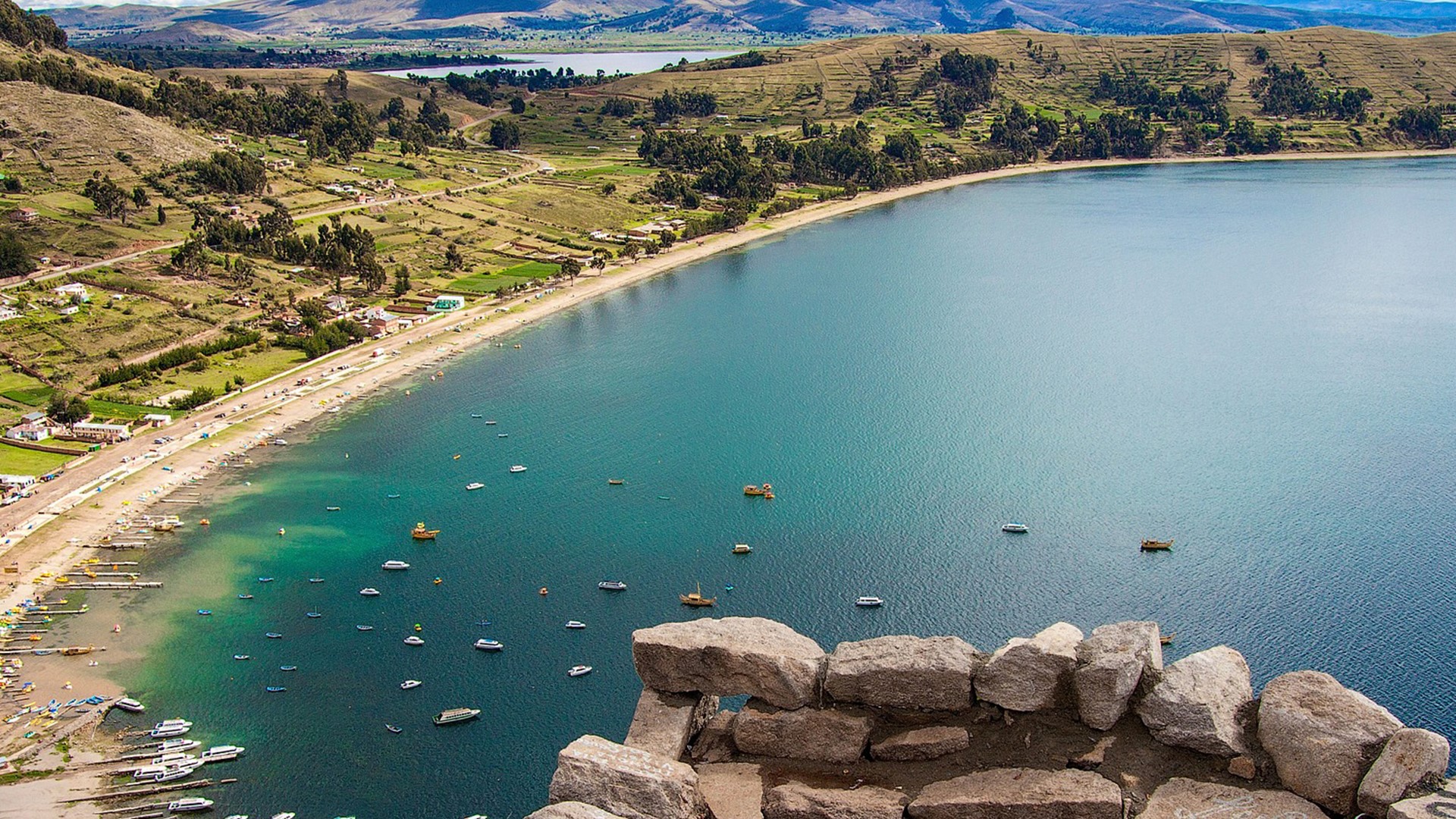
Official name: PLURINATIONAL STATE OF BOLIVIA
Short name: Bolivia
Date of membership: 7 June 1976
Capital: La Paz (seat of government); Sucre (legal capital and seat of judiciary)
Geography
Location: Central South America, southwest of Brazil
Area: 1,098,580 sq km
Land boundaries: 6,940 km
Border countries: Argentina 832 km, Brazil 3,423 km, Chile 860 km, Paraguay 750 km, Peru 1,075 km.
Natural resources: Natural gas, petroleum, zinc, tungsten, antimony, silver, iron, lead, gold, timber, hydropower.
Environment – international agreements: Party to: Biodiversity, Climate Change, Climate Change-Kyoto Protocol, Desertification, Endangered Species, Hazardous Wastes, Law of the Sea, Marine Dumping, Ozone Layer Protection, Tropical Timber 83, Tropical Timber 94.
Economic indicators
| Total at current prices | 36573 | Millions USD | 2020 |
| Per capita au current prices | 3133 | USD | 2020 |
| Growth rate per capita at constant prices | -10.1 | % | 2020 |
| Imports of goods and services (% of GDP at current prices) | 25.3 | % | ND |
| Exports of goods and services (% of GDP at current prices) | 20.4 | % | ND |
Source: Bolivia: National Economic Profile. CEPALSTAT. Databases and Statistical Publications. ECLAC. Inquiry: February 14, 2022
Socio-demographic indicators
| Total population | 11 673.0 | (000) | 2020 |
| Life expectancy | 72 | Years | 2020-2025 |
| Women | 75 | Years | 2020-2025 |
| Men | 70 | Years | 2020-2025 |
| Public health expenditure as a percentage of GDP | 6.3 | % | 2018 |
| Literacy rate for persons between the ages of 15 to 24 | 99.4 | % | 2015 |
| Net rate of enrolment in primary education | 94.7 | % | 2019 |
| Net rate of enrolment in secondary education | 78.2 | % | 2019 |
| Public expenditure on education as a percentage of GDP | ND | % | ND |
| Gini Coefficient | 0.45 | % | 2020 |
| Unemployment | 8.3 | % | 2020 |
| Migration | -0.6 | % | 2020-2025 |
Source: Bolivia: National Socio-Demographic Profile. CEPALSTAT. Data Bases and Statistical Publications. ECLAC. Inquiry: February 14, 2022
Languages: Spanish (official), Quechua (official), Aymara (official)
Government
Administrative divisions: 9 departments (departamentos, singular- departamento); Chuquisaca, Cochabamba, Beni, La Paz, Oruro, Pando, Potosi, Santa Cruz, Tarija.
Independence: 6 August 1825 (from Spain)
Constitution: 7 February 2009
Suffrage: 18 years of age, universal and compulsory (married); 21 years of age, universal and compulsory (single).
Executive branch: Chief of state: President: Luis Arce. Vice-president: David Choquehuanca
Note: The president is both chief of state and head of government.
Legislative branch: Bicameral National Congress or Congreso Nacional consists of Chamber of Senators or Camara de Senadores (27 seats; members are elected by proportional representation from party lists to serve five-year terms) and Chamber of Deputies or Camara de Diputados (130 seats; 68 are directly elected from their districts and 62 are elected by proportional representation from party lists to serve five-year terms).
Judicial branch: Supreme Court or Corte Suprema (judges appointed for 10-year terms by National Congress); District Courts (one in each department); provincial and local courts (to try minor cases).
Internet code: .bo
Web Official Portal: https://bolivia.gob.bo/
